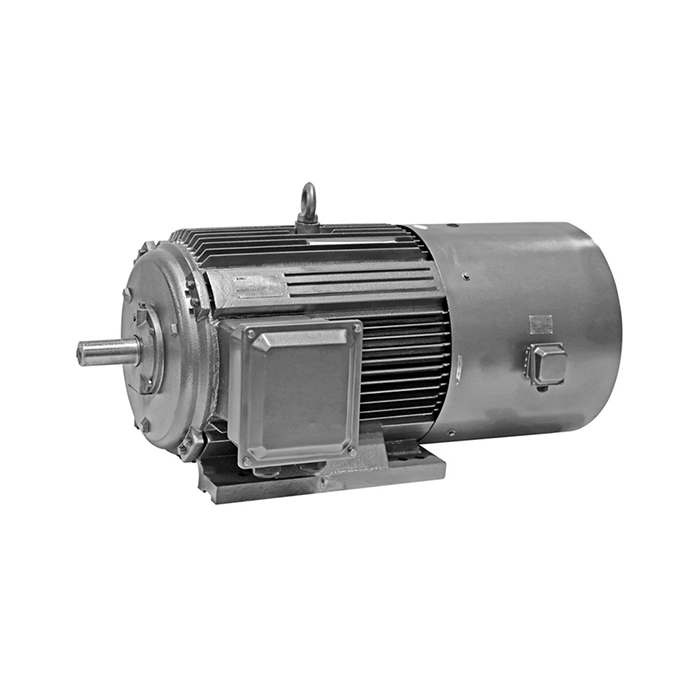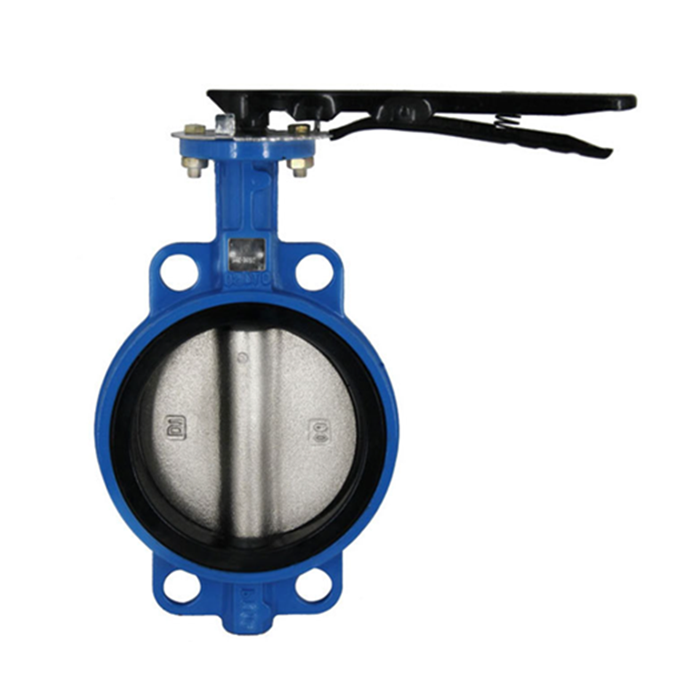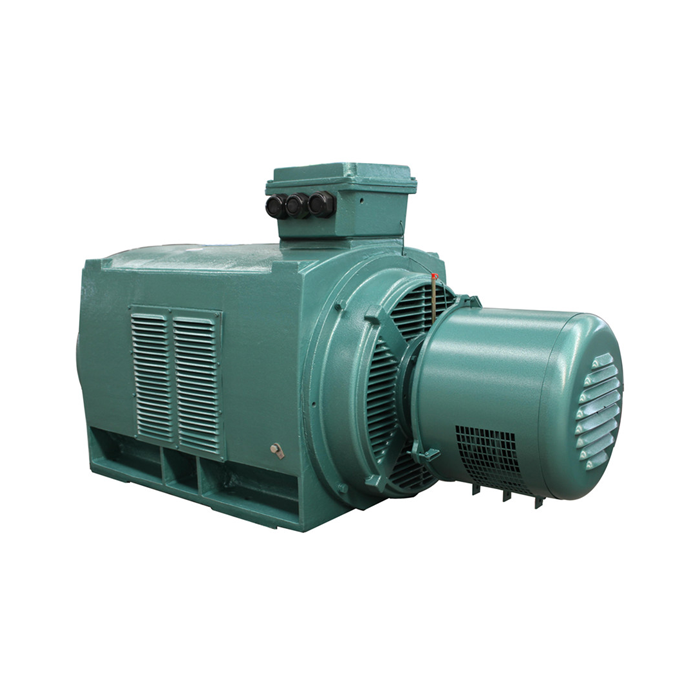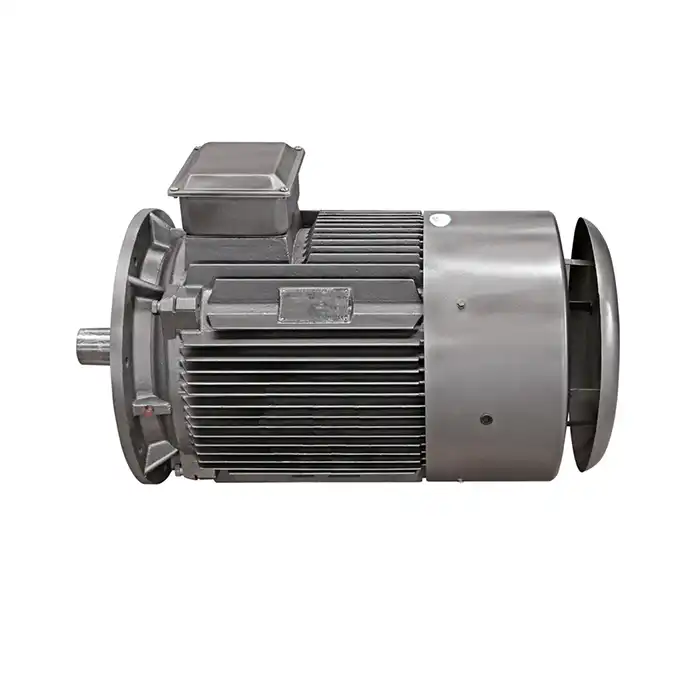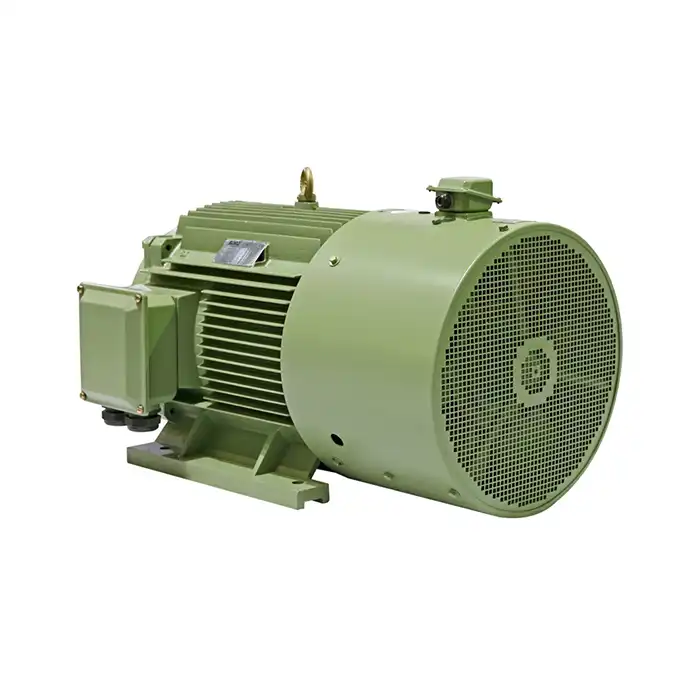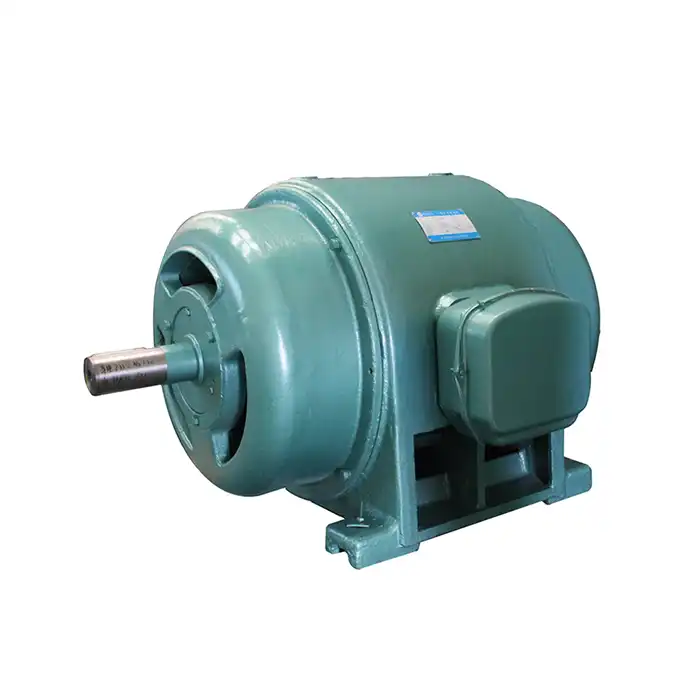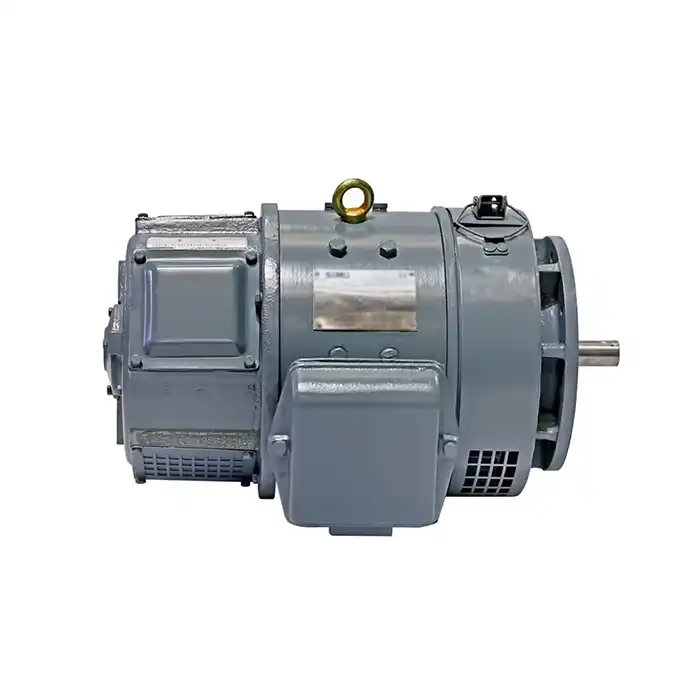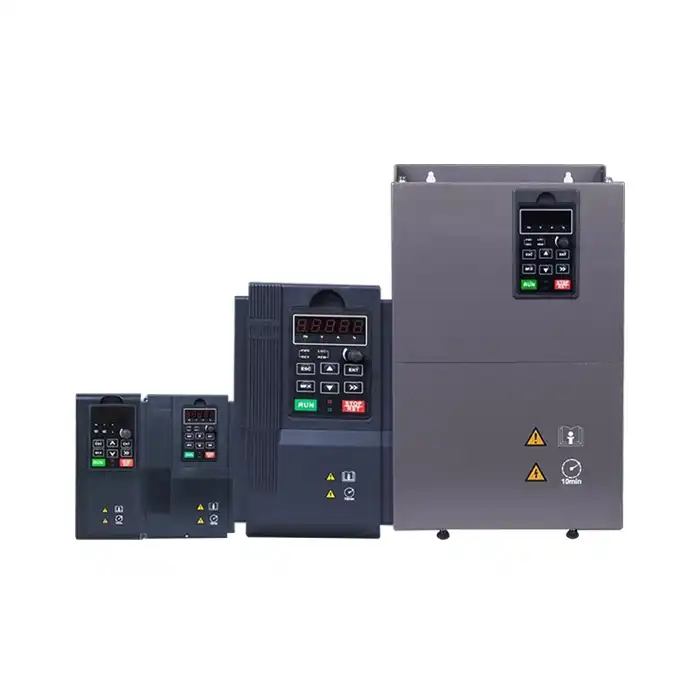How Does Vibration Monitoring Contribute to Mining Motor Health?
In the rough world of mining, keeping mine motors healthy and working well is important for keeping workers safe and getting work done. Monitoring vibrations has become an important way to keep these important pieces of equipment working well and lasting a long time. This article goes into detail about how important vibration monitoring is for making sure that mining motors work properly and how it adds to the overall success of operations.
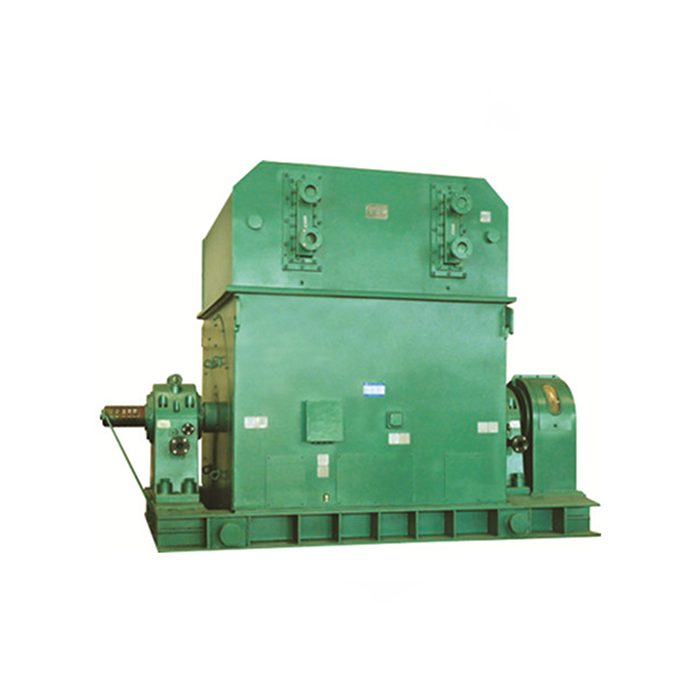
Series:T
Voltage range:3000V±5%,3300V±5%,6000V±5%,6600V±5%,10000V±5%,
Power range:800-12000 kW
Application:fans, water pumps, compressors.
Advantage:large starting torque.
Others: SKF, NSK, FAG bearings can be replaced according to customer requirements.
Key Vibration Indicators of Motor Issues
Vibration monitoring serves as an early warning system for potential motor problems. By analyzing specific vibration patterns, technicians can identify and address issues before they escalate into costly breakdowns. Let's examine some key vibration indicators that signal potential motor problems:
Unbalance
A rotating component is said to be unbalanced when the center of mass of the component does not coincide with the center of rotation of the component. As a result of this scenario, the motor may experience excessive vibration, increased wear on the bearings, and decreased operating efficiency. Through the identification of a dominating 1X RPM frequency in the radial direction, vibration analysis is able to uncover irregularities in the system.
Misalignment
There is the potential for major vibration problems to arise if the motor shaft and the equipment being driven are not aligned properly. A vibration analysis that reveals elevated 1X, 2X, or 3X RPM frequencies in both radial and axial directions can be used to identify this issue, which frequently presents itself as excessive levels of axial vibration of the machine.
Bearing Faults
Bearing problems are a common cause of motor failures. Vibration monitoring can detect early signs of bearing wear or damage by identifying specific frequency patterns associated with different bearing components. These patterns include ball pass frequency outer race (BPFO), ball pass frequency inner race (BPFI), and ball spin frequency (BSF).
Electrical Issues
Vibration analysis can also reveal electrical problems in mining motors. These issues often manifest as vibrations at twice the line frequency (e.g., 120 Hz in 60 Hz systems) and can indicate problems such as broken rotor bars, stator winding faults, or air gap eccentricity.
Integrating Real-time Vibration Analysis in Mining
Implementing real-time vibration monitoring systems in mining operations can significantly enhance motor health management and overall operational efficiency. Here's how mining companies can integrate this technology effectively:
Sensor Placement and Selection
Proper sensor placement is crucial for accurate vibration monitoring. Accelerometers should be mounted at key locations on the motor, such as the bearing housings and motor frame. The selection of appropriate sensors depends on factors such as the motor's operating speed, expected vibration levels, and environmental conditions.
Data Acquisition Systems
In order to gather and process vibration data in real time, modern vibration monitoring systems make use of sophisticated data acquisition hardware and software. These systems have the capability to continually monitor numerous motors at the same time, which enables them to provide an all-encompassing view of the health of the equipment during the whole mining operation.
Integration with SCADA Systems
Integrating vibration monitoring data with existing Supervisory Control and Data Acquisition (SCADA) systems allows for centralized monitoring and control of mining motors. This integration enables operators to correlate vibration data with other operational parameters, providing a more comprehensive understanding of motor performance and potential issues.
Machine Learning and Predictive Maintenance
Advanced vibration monitoring systems incorporate machine learning algorithms to analyze historical data and predict potential motor failures. These predictive maintenance capabilities allow mining companies to schedule maintenance activities proactively, minimizing unplanned downtime and optimizing resource allocation.
Cost-benefit Analysis of Vibration Monitoring Systems
Implementing a comprehensive vibration monitoring system for mining motors requires an initial investment, but the long-term benefits often outweigh the costs. Let's examine the financial implications of adopting this technology:
Initial Investment
Included in the initial expenses associated with the installation of a vibration monitoring system are:
- Hardware (sensors, data acquisition equipment)
- Software licenses
- Installation and integration services
- Staff training
While these costs can be significant, they should be viewed as an investment in long-term operational efficiency and reliability.
Operational Cost Savings
Vibration monitoring has the potential to result in significant cost reductions for operations via the following means:
- Reduced unplanned downtime
- Extended motor lifespan
- Lower maintenance costs
- Improved energy efficiency
When mining companies find and manage motor problems at an early stage, they have the opportunity to prevent the costly emergency repairs and production losses that are associated with sudden equipment breakdowns. This is achievable because of the fact that they may avoid these costs.
Safety Improvements
Enhancing motor reliability through vibration monitoring contributes to a safer working environment. By reducing the risk of catastrophic motor failures, mining companies can minimize potential safety hazards and associated costs, such as worker compensation claims and regulatory fines.
Return on Investment (ROI) Calculation
To determine the ROI of a vibration monitoring system, mining companies should consider:
- Historical data on motor failures and associated costs
- Potential reduction in maintenance expenses
- Projected increase in motor lifespan
- Estimated improvement in overall equipment effectiveness (OEE)
By comparing these factors against the initial investment and ongoing maintenance costs of the vibration monitoring system, mining companies can quantify the financial benefits of implementation.
Conclusion
Monitoring vibration is a very important part of keeping mine motors healthy and working well. This technology makes mining operations much more efficient and reliable by finding possible problems early, letting maintenance workers do preventative work, and improving motor performance. As the mining industry changes, adding more advanced vibration tracking systems will become necessary to make sure that important equipment lasts longer and works better.
Maximize Your Mining Motor Performance with XCMOTOR
Would you like to make your mining activities more reliable and effective? These are the latest and greatest mining motors that XCMOTOR, a trusted mining motor manufacturer, has to offer. They are made to work well in the worst circumstances. Our motors are built with advanced vibration tracking features that make sure they are healthy and last a long time. You'll have less downtime, lower maintenance costs, and better working efficiency with XCMOTOR. Don't let problems with your motor stop you from working. Choose XCMOTOR for the best quality and support in the mining business. Contact us today at xcmotors@163.com to learn how our mining motor solutions can revolutionize your operations.
References
1. Johnson, R. K. (2019). Vibration Analysis in Mining: Enhancing Motor Reliability. Journal of Mining Engineering, 45(3), 112-128.
2. Smith, A. L., & Brown, T. M. (2020). Predictive Maintenance Strategies for Mining Equipment. International Journal of Mineral Processing, 158, 235-249.
3. Garcia, M. E., et al. (2018). Real-time Vibration Monitoring in Underground Mining Operations. Mining Technology, 127(4), 201-215.
4. Thompson, D. R. (2021). Cost-Benefit Analysis of Implementing Vibration Monitoring Systems in Mining. Resources Policy, 72, 102060.
5. Wilson, J. P., & Lee, S. H. (2017). Advanced Sensor Technologies for Mining Motor Health Management. IEEE Transactions on Industry Applications, 53(3), 2786-2794.
6. Chen, Y. L., & Davis, K. A. (2022). Machine Learning Applications in Mining Motor Vibration Analysis. Artificial Intelligence in Mining, 8(2), 145-160.



